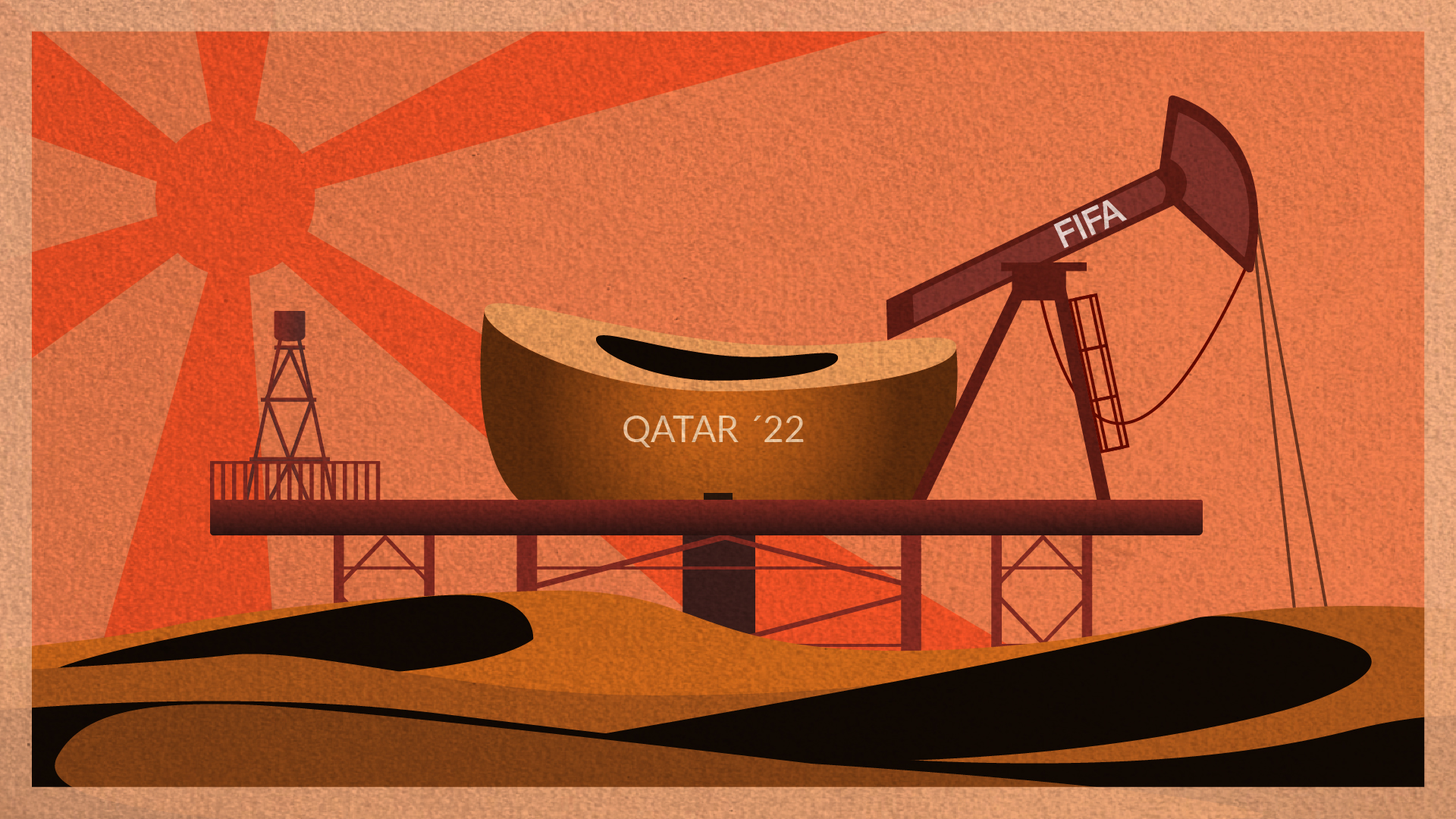This is how the social memory of the emerging global society is constructed. In terms of a sociology of the extraordinary, media events respond to the question: how is it possible to keep people’s attention in an era when they are bombarded with information? Television in particular is able to combine events and their media staging via live broadcasts. For example, during a global sports broadcast media artefacts are created that also turn the medium and the type of media presentation into an event.
Major sporting events become drivers of cultural change and catalysts for building knowledge that transcend borders and are no longer aimed at the people of a single nation.
This is because sport has long moved from being simply ‘The Beautiful Game’ to being the focus of political decisions involving national prestige and economic success. In Europe, politics is clearly having a growing influence in and on sport, despite the fact that its autonomy is still emphasised. Unlike in the USA, sport is an area that involves government intervention and the welfare state, and it is most decidedly viewed as a social and cultural activity. Its commercial dimension has also become increasingly recognised and encouraged in the Old World, with public investment being designed to produce a ‘sports dividend’. This involves a nation increasing its prestige through excellent performances in international competitions, as reflected in Olympic medal tables or preeminent athletes and teams who make the finals of tournaments. Despite the way that the sports business now goes beyond national borders, it is still a characteristic of transnational sports policy that it symbolically always reverts to a sense of local or national patriotism. So sport is displaying a certain degree of resistance to the egalitarianism and the loss of a sense of homeland that is entailed by the ‘one world’ approach, and it is probably the task of sport to tap into these reserves of patriotism in transnational interactions.
However, the ‘transnational society of sport’ does not only have a compensatory function, but it is also a driving force behind the dissolution of borders in the above-mentioned media/business complex. National sports and business organisations, known as SINGOs and BINGOs, are the key stakeholders involved in preparing for and hosting the Olympic Games and the World Cup. They work with leading companies and associations and a plethora of firms in the fields of travel, merchandising, insurance, law, PR and so on. There is constant friction between traditional, bureaucratic interest groups such as the National Olympic Committee and, in Germany, the Deutsche Sportbund (DSB) on the one hand and the management culture of transnational corporations on the other. This power struggle is illustrated by arguments about ticket sales, the list of speakers at the World Cup opening ceremony and countless protocol issues.









![[Translate to english:] Illustration: Lea Dohle](/fileadmin/Content/images/mediathek/digitale_formate/podcasts/ifa_podcast-2022_DeepDive_cover_Claus_Leggewie.png)
